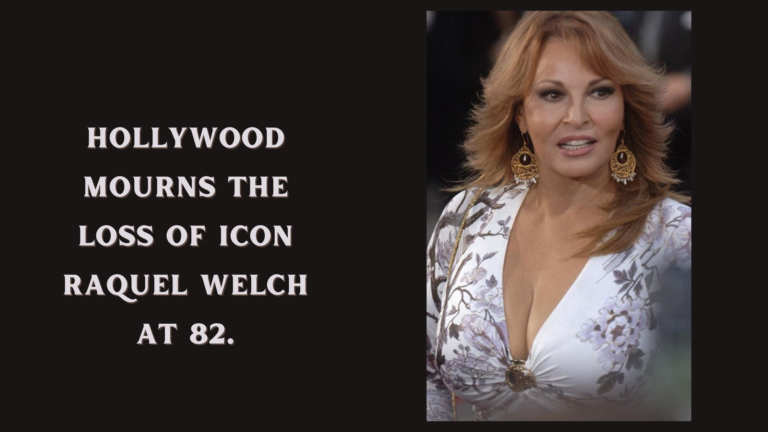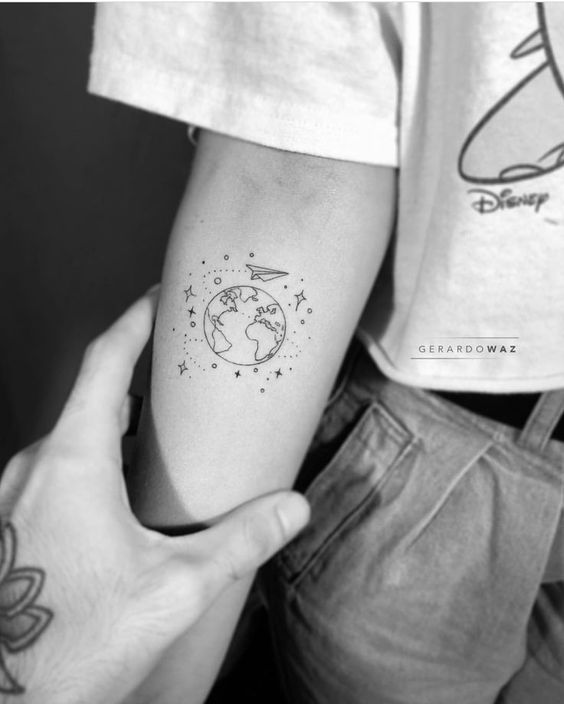
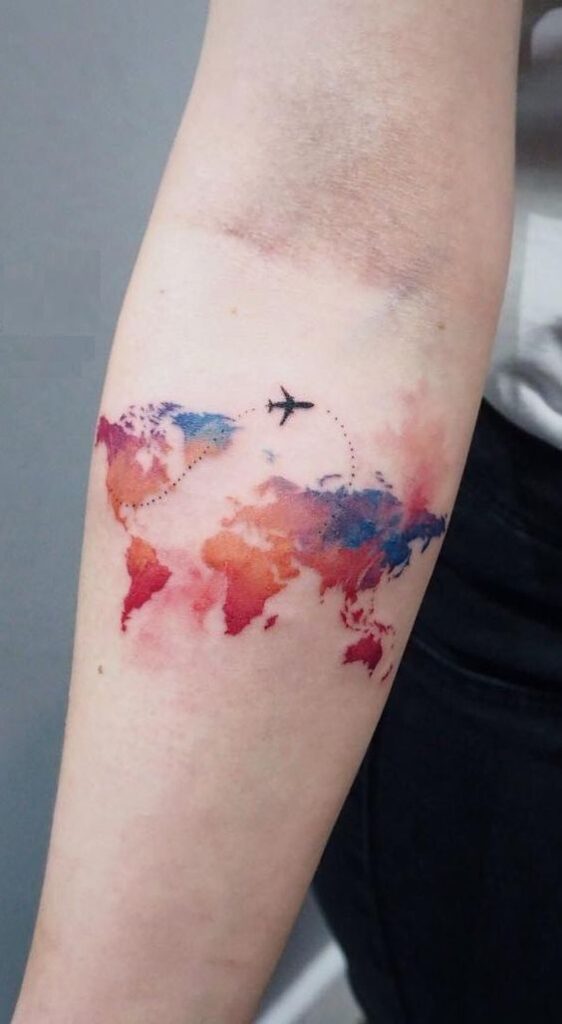

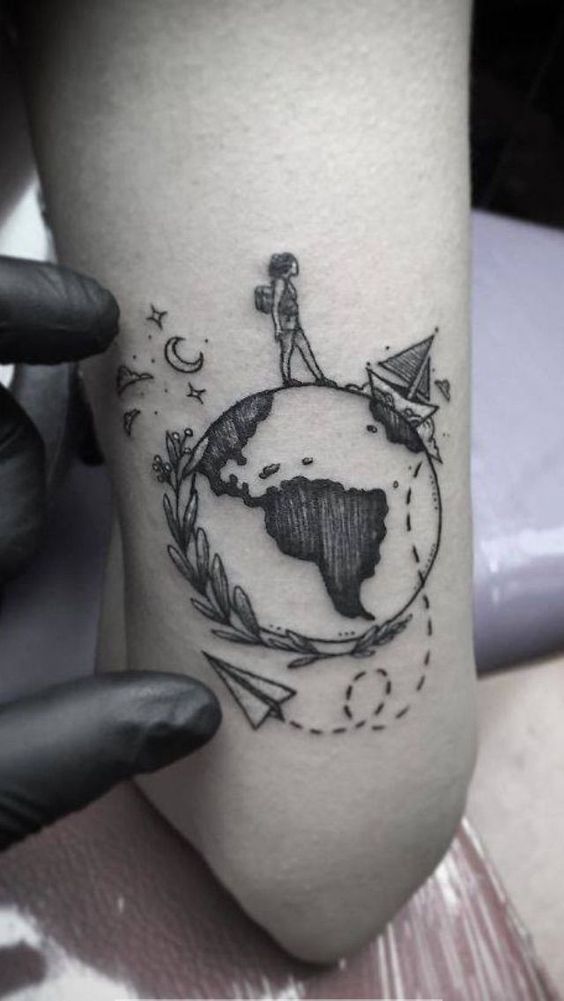
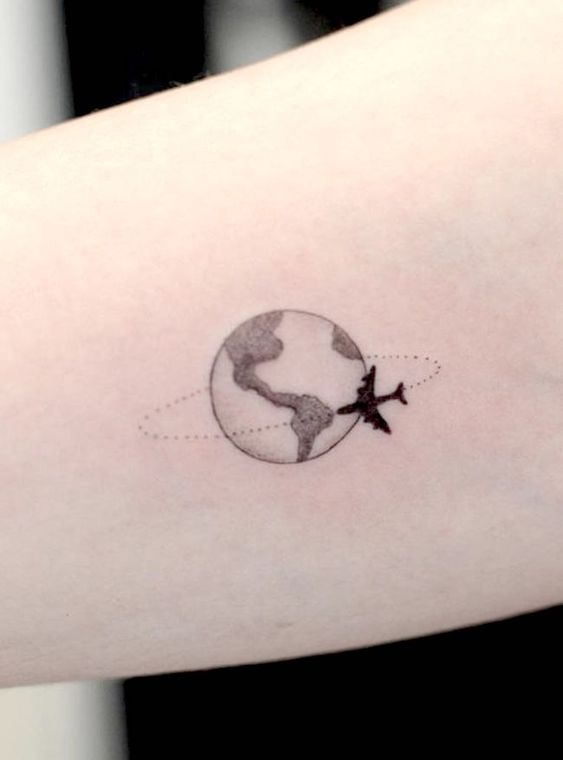
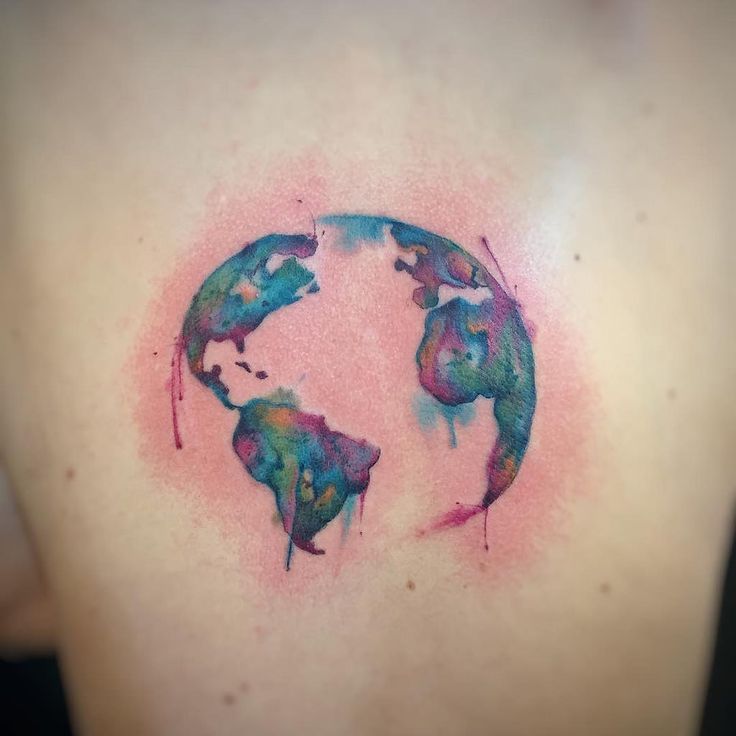
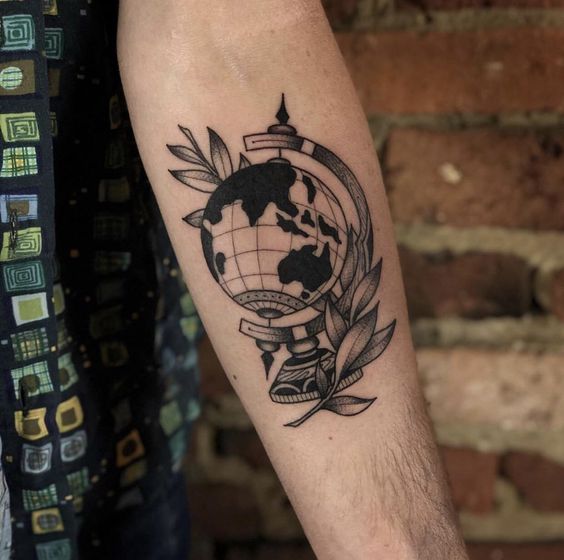
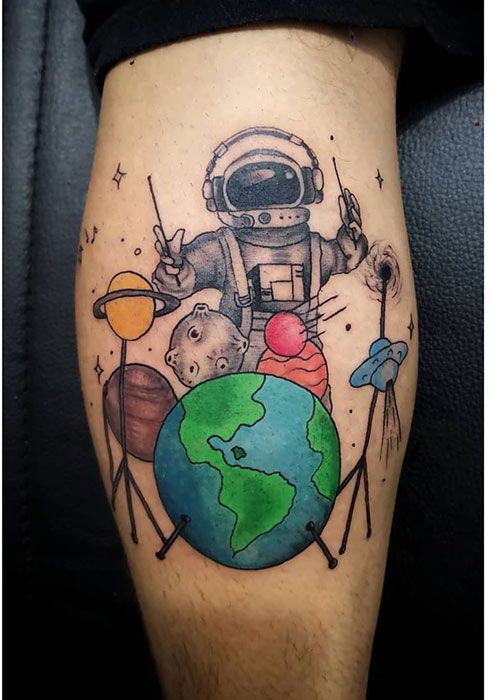
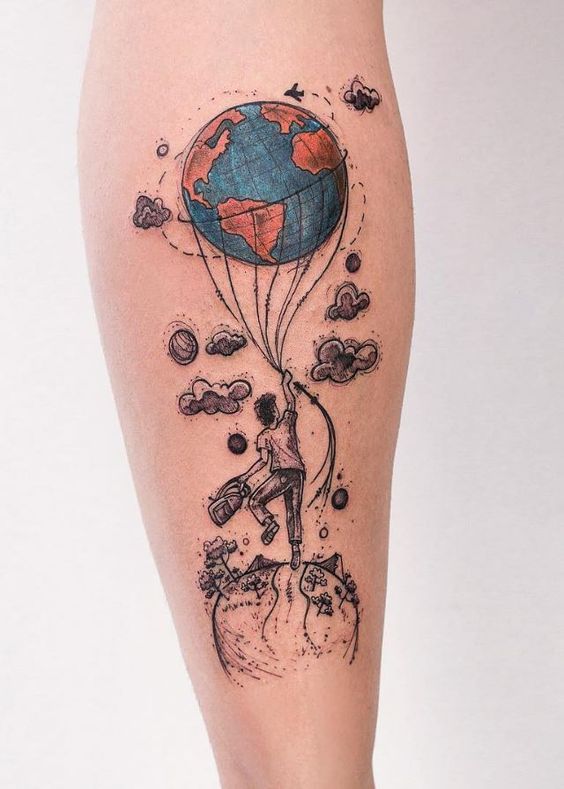

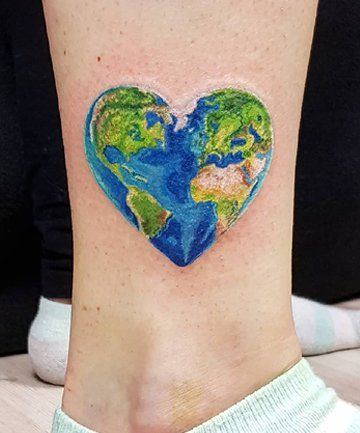
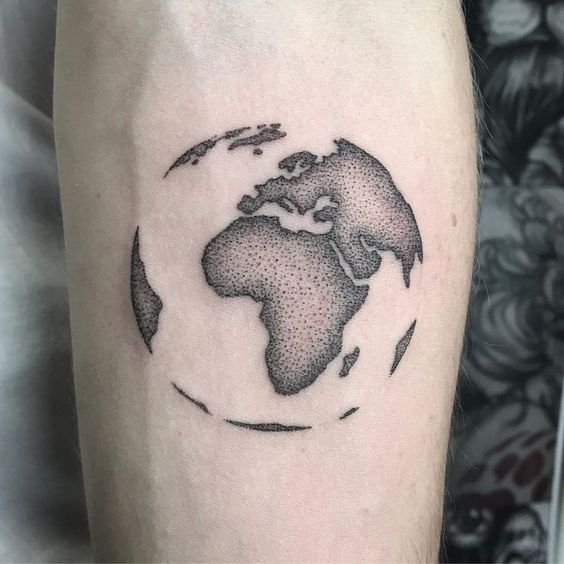
All image credit: Pinterest
World Tattoo: Tattoos have been a form of self-expression, cultural identity, and art for centuries. From ancient tribal rituals to modern-day pop culture, tattoos have left their unforgettable mark on the world, quite literally. In this article, we will take a journey through the world of tattoos, studying their rich history, cultural significance, and growing trends.
Also See:
The Ancient Origins
Tattooing is an ancient tradition that dates back thousands of years. The word “tattoo” itself comes from the Tahitian word “tatau,” which means “to mark” or “to strike.” Archaeological proof indicates that tattoos were used by different antique civilizations across the world, including the Egyptians, Chinese, and indigenous peoples of the Americas.
In ancient Egypt, tattoos were primarily worn by women and were often symbols of fertility and protection. In China, tattoos had a double purpose, serving as both a form of body art and a means of marking criminals. These early records of tattooing were typically created using elementary tools like bone needles and natural dyes.
Cultural Significance
Tattoos have maintained diverse cultural importance throughout history. They have been used to represent tribal affiliations, rites of passage, and social status. In many indigenous cultures, tattoos were considered a rite of passage, marking the shift from adolescence to adulthood.
Tattoos have also played a important role in religious and spiritual practices. In Hinduism, tattoos are common among devotees of Lord Shiva, while in Buddhism, Sak Yant tattoos in Thailand are believed to provide protection and bring good luck.
The Modern Tattoo Renaissance
The 20th century saw a resurgence in tattooing, with the art form gaining popularity in Western cultures. Tattoos transitioned from being associated with outlaws and sailors to becoming a celebrated form of self-expression. Artists like Lyle Tuttle and Ed Hardy contributed to this shift, opening some of the first professional tattoo shops.
Tattoos were also embraced by subcultures like punk, rock, and biker communities, which further pushed their popularity. This era saw a growing variety of tattoo styles, from traditional American tattoos to Japanese-inspired designs and tribal patterns.
Global Tattoo Trends
The 21st century has seen the fusion of different tattoo traditions from around the world. Cross-cultural exchange has given rise to a global tattoo culture where artists and lovers draw inspiration from different regions. Here are some notable global tattoo trends:
Polynesian and Maori Tattoos: Polynesian and Maori designs, including intricate tribal patterns and symbols, have become popular choices for those seeking tattoos that connect them to their roots or simply appreciate the bold and meaningful designs.
Japanese Irezumi: Japanese tattoo art, known as Irezumi, features vibrant colors and elaborate motifs like koi fish, dragons, and cherry blossoms. These designs are known for their unique visual impact.
Traditional American Tattoos: The classic American tattoo style, featuring bold lines, bright colors, and iconic imagery such as anchors and roses, continues to be a timeless favorite.
Watercolor Tattoos: Watercolor tattoos are characterized by their soft, blended colors that resemble watercolor paintings. These tattoos often depict dreamy and abstract imagery.
Minimalist and Fine Line Tattoos: Minimalist and fine line tattoos have gained popularity for their subtle, delicate, and often monochromatic designs, which focus on simplicity and elegance.




